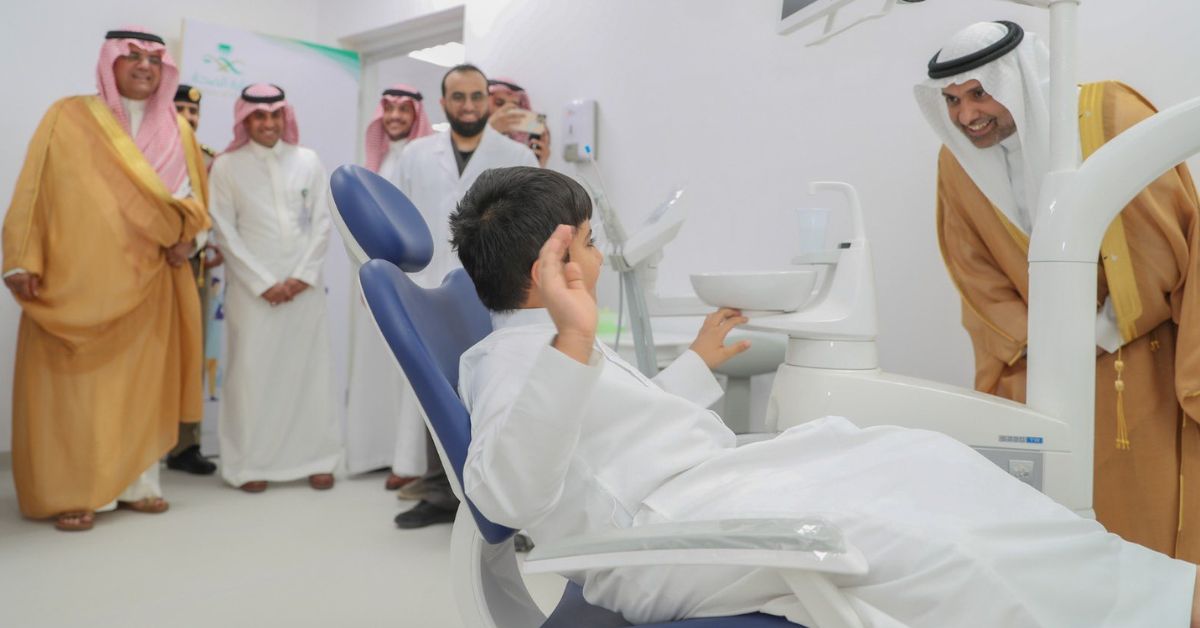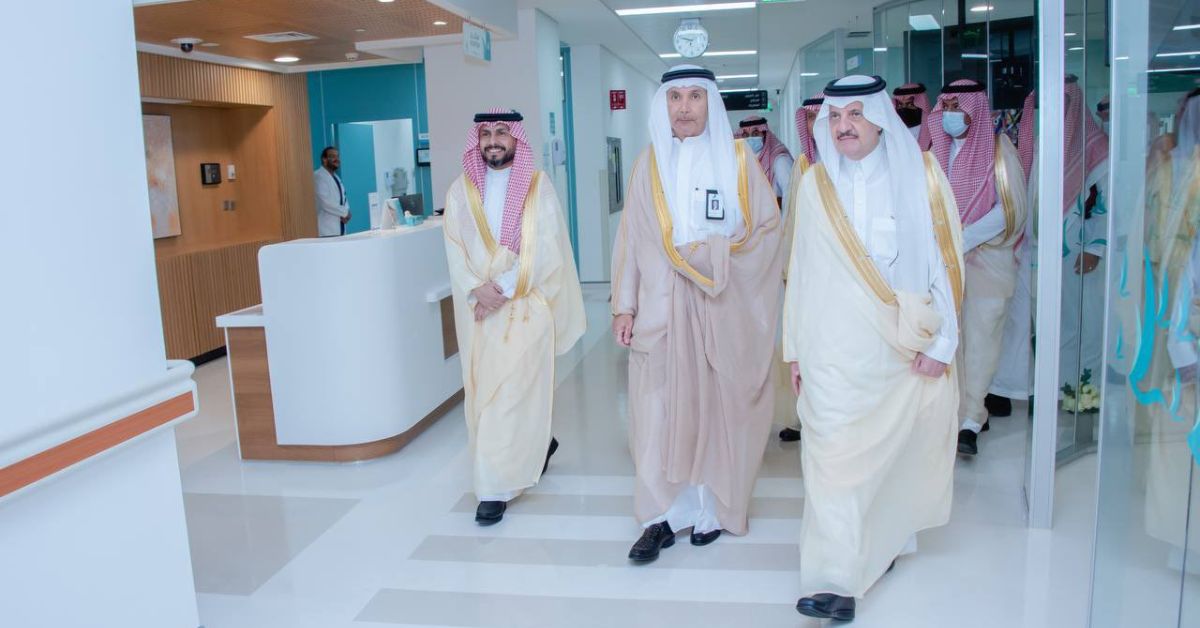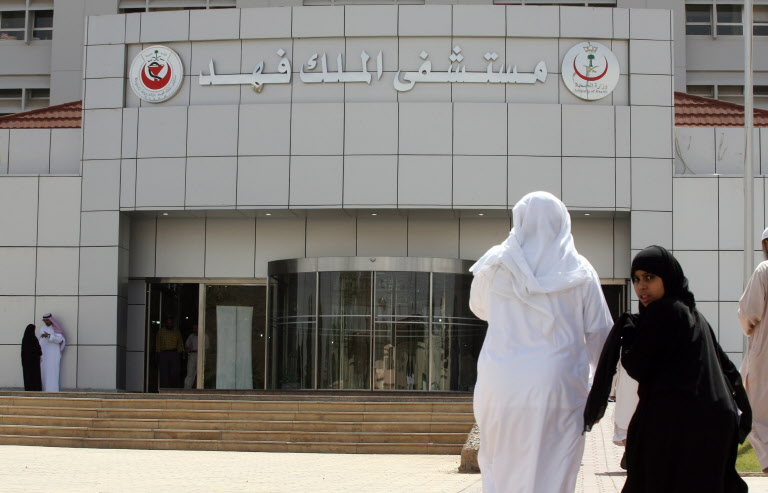RIYADH, Saudi Arabia — In the quest to deliver superior healthcare, a critical factor often overlooked is the availability of human capital. Quality healthcare service is contingent on the presence of skilled and specialized personnel. Even with top-notch medical infrastructure and state-of-the-art equipment, the lack of human resources can be a significant impediment.
The accelerating development of healthcare infrastructure in the region, aimed at enhancing healthcare accessibility, has spurred a corresponding surge in demand for medical professionals.
Furthermore, the evolving healthcare systems landscape, compounded by an aging population, increasing patient expectations, the rising burden of chronic diseases, and rapid advancements in medical technology and treatments, is reshaping the skills required to meet the current and future healthcare needs of the population.
Recent policy mandates by the Ministry of Human Resources and Social Development (MHRSD) stipulate a 60 percent Saudization in healthcare specialization professions, including medical laboratories, radiology, physiotherapy, and therapeutic nutrition across all medical facilities in the Kingdom. For dentistry, a 30 percent Saudization target has been set across all healthcare facilities.

Under this Saudization initiative, the majority of these roles must be filled by Saudi nationals. Currently, about 232,000 medical professionals, including 60 percent of doctors (including dentists), 57 percent of nurses, 19 percent of AHPs, and 61 percent of pharmacists, are expatriates.
“The need for 175,000 medical professionals is calculated on the current healthcare workforce to population ratio. A significant portion of this demand is anticipated to be met by Saudi healthcare professionals due to Saudization requirements, which differ for various categories of medical professionals,” Mansoor Ahmed, Executive Director of Head of Development Solutions, Healthcare, Education and PPP, MEA region at Colliers’ told TRENDS.

Ahmed pointed out that while the healthcare workforce has expanded, several challenges persist. These include an over-reliance on expat manual labor, imbalances in the distribution of specialized physicians, a lack of specialized nurses, and migration of the healthcare workforce.
He highlighted that the Saudi government is investing in training and recruiting healthcare professionals to meet growing demand. It is encouraging Saudi students to pursue medical and healthcare-related education through scholarships and has also significantly recruited international healthcare professionals.
Advancements
Furthermore, the Kingdom is making strides in modernizing healthcare with national e-health initiatives, integrated plans for virtual and remote healthcare, and the implementation of AI at service provider levels.
Ahmed emphasized that these advancements necessitate constant skill improvement from the medical workforce to handle specialized positions, leading to an increased demand for advanced medical education institutions.

“Moreover, trends are emerging to establish clinical pathways and affiliations with international medical schools to stay updated with the latest medical and educational innovations. This also includes offering dual degrees/certificates with international medical institutions, providing local staff the opportunity to practice internationally due to the global shortage of medical staff,” he said.
Based on estimations from Colliers’ Healthcare Advisory & Valuation Services, Saudi Arabia will require approximately 175,000 medical professionals by 2030. This demand is expected to increase further, considering that around 232,000 existing medical staff are expatriates.
KEY TRENDS IN SAUDI HEALTHCARE • Creation of ACOs - Under the National Transformation Program and the Ministry's directive to offload the provision of care, an initiative to form Accountable Care Organizations (ACOs) was launched. This initiative, which is currently in progress and expected to be completed by 2030, focuses on grouping current providers into 22 clusters. These clusters, or ACOs, are responsible for a defined population. • Shift towards Value-based Healthcare (VBHC) and Preventive Health - Several enabling initiatives in this area, such as Data Standardization, Minimum Data Set (MDS), the contemporary health information exchange platform (NPHIES), and the introduction of patient classification systems (AR-DRG and SBS), have made significant progress. • Focus on Privatization and Public-Private Partnerships - This aims to enhance the quality and accessibility of healthcare services. • Increase in Health Insurance Coverage - The rise in health insurance coverage is expected to boost service utilization and drive further demand for private healthcare services.







